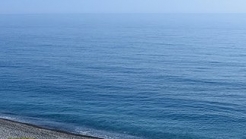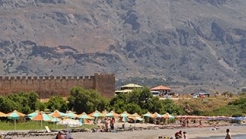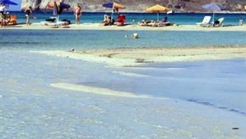

Greece
The Museum of the History of the Greek Costume is a museum with a vestiary content. In its collection one can find 25.000 objects, especially costumes and jewellery of the historic greek area, copies of Minoan, archaic and byzantine costumes, as well as 23 porcelane dolls dressed in traditional outfits.
The Museum of the History of the Greek Costume is a museum with a vestiary content. In its collection one can find 25.000 objects, especially costumes and jewellery of the historic greek area (end of 19th – beginnigs of 20th century), copies of Minoan, archaic and byzantine costumes, as well as 23 porcelane dolls dressed in traditional outfits, an offer of Queen Olga to the Lyceum club of Greek women. Its aim is to collect, preserve, study and promote the history of the traditional greek costumes. Its main activity is the organization of temporary exhibitions around the year. The aim of those exhibitions is to present in an all around and documented way, their main object.
The museum is housed in a two storey building on 7 Democritus str., built in the 1920’s. It is a building unlike the neoclassic buildings of the 19th century, since the penetration of the modern aesthetics in the rural buildings is evident throughout the construction. The display of the exhibits is done in a small but functional space at the lobby of the building, the main characteristic of which is the simple and straight patterns all over the area. This is why the museum does not hold a permanent exhibition, but small annual themed exhibitions. Those kinds of exhibitions allow for the public to be presented each time with a different part of the large collection.
Along with the exhibitions, the museum organizes complementary activities, such as training programmes, lectures, seminars and cooperations with other entities, aiming to enriching the museums exhibitional activity and to better communication with the public. As part of its training policy, it organizes traning programmes and tours for students of first and second degree, in order to be a place of learning, discovery, entertaintment and development of the young visitors sensitivity.
The Museum of the History of the Greek Costume is part of the Lyceum Club of Greek women, a NPO founded in 1910 by Kalliroe Parren. Since 1997 it is a regular member of the International Museum Commitee (ICOM).
The Museum of the History of the Greek Costume aims to becoming a place for scientific research and cultural activity, by taking part in research programmes in conjunction with other, similar museums.
<span style="\"color:" #000000;\"="">


The beach of Agia Roumeli with the white pebbles expands on the edge of the village which goes by the same name, on the exit of the Canyon of Samaria.-On the other hand, if you are looking for something more isolated, follow the E4 path east for 30 minutes up until you reach Agios Pavlos.


FAIRY TALE MEETS DREAM-Every year, in the beginning of June, just before sunrise in the morning mist, around Frangokastello appear black-clad human-like shadows with swords and helmets, which head, on horse or on foot, close to the castle.


It is one of the last natural paradises of Crete. The visitors usually reach it via Kastelli in Kissamos, as part of a boat tour, passing first through the island of Gramvoussa.
1039 Ε 6061 01515 00